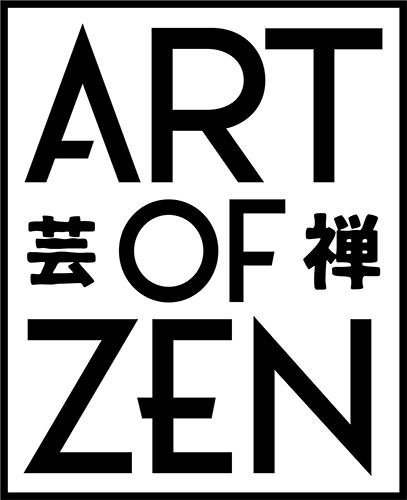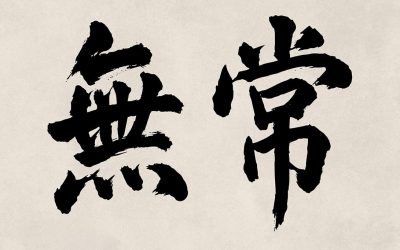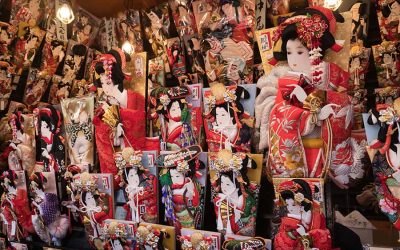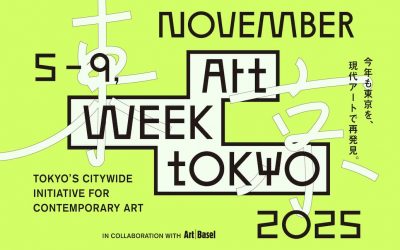Mujō (無常), the Japanese concept of impermanence, shapes Zen, ukiyo-e, and design. Learn how fleeting beauty defines Japanese art, culture, and life.
japanese art
Pinterest Fall 2025 Decor Trends: Comfort, Creativity, and Glamour
Pinterest Fall 2025 decor trends reveal cubicle chic makeovers, bold statement tiles, and an Art Deco revival—blending comfort, creativity, and timeless glamour.
How Hagoita Turned a New Year Game into Art
Hagoita—ornamental New Year paddles in raised oshie—blend kabuki imagery, craft, and luck. Meaning, making, and where to see them.
Why Jigoku Dayu Remains One of Ukiyo-e’s Most Haunting Figures
Jigoku Dayu’s haunting ukiyo-e portraits merge sensual beauty with Buddhist visions of hell, revealing a tale of sin and redemption.
Why Mu 無 is the Most Important Word in Zen and Japanese Art
Mu 無, the Zen character for “nothingness,” reveals deep truths in Japanese art, from bold calligraphy to the quiet beauty of Kare Sansui.
How Kare Sansui Gardens Reflect Japanese Aesthetics and Zen Philosophy
Kare Sansui dry gardens reflect Zen philosophy through silence, space, and symbolism—bridging art, mindfulness, and Japanese design.
How Hanzo’s Ukiyo-e Revival Blends Tradition with Pop Culture
Hanzo revitalizes traditional ukiyo-e art by integrating iconic manga and anime characters into classic woodblock prints.
Art Week Tokyo 2025: What to Expect and How to Navigate Japan’s Leading Contemporary Art Event
Navigate Art Week Tokyo 2025 with highlights on curators, galleries, and tips for exploring Japan’s top contemporary art event this November.
The Ultimate Guide to Tokyo’s Art Scene
Navigate Tokyo’s art scene of museums, events, and galleries with expert tips, insights from key figures, and a 3-day itinerary.









